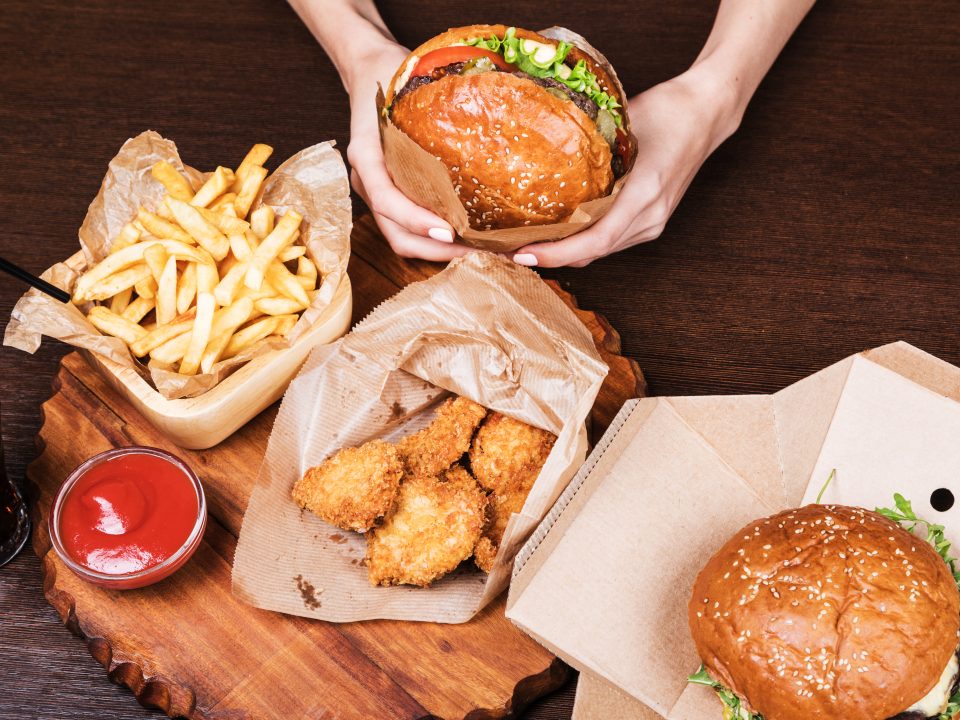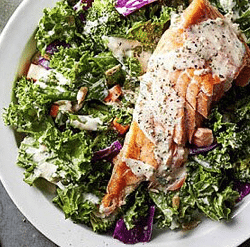Exercises you can do in bed.
March 7, 2016The grandma diet
March 8, 2016
PCOS is a condition where a womans ovaries can be enlarged, and have cycts or follicles present, with a reduced capacity to produce eggs. Around 1-2 women in every hundred will have PCOS, although many may not know until they start trying for children and have difficulties. Symptoms include irregular or absent menstruation, problems with fertility, acne, excessive body hair, problems losing weight or maintaining a healthy weight, and mood changes like depressed mood or anxiety. PCOS is caused by problems with hormonal levels, and can be due to genetics, or can come about after weight gain.
How can it be managed?
Just a moderate amount of weight loss can do wonderful things in restoring normal hormone levels, with only 5-10% of body weight loss showing significant improvements. If you weigh 80kg, that’s a loss of 4-8kg. The problem is that those suffering from PCOS have a more difficult time losing weight, which is a challenge in itself. Other treatments include those to help regulate hormones such as the oral contraceptive pill, medications that reduce testosterone production. Sometime diabetes medication will be required due to problems with the hormone insulin affecting blood sugar regulation.
What can I do through diet and exercise?
The most important goals to aim for with your diet are to have smaller, evenly spaced meals through the day, making sure that they include low glycemic index (GI) carbohydrates so that you can keep your blood sugar levels as stable as possible through the day, helping control food cravings and mood swings. Low GI carbohydrates are ones that are digested a little more slowly, so the sugar from the breakdown of these carbohydrates enters your bloodstream more slowly and therefore you won’t get that sugar high followed by the crash after an hour(and extreme hunger). You will have sustained even blood sugars for much longer.
It can be very helpful to use “carbohydrate serves” as a way to learn to estimate how much carbohydrate to have at meals and snacks. One carbohydrate serve = 15g of carbohydrate, which is roughly the equivalent of a slice of bread or piece of fruit. For main meals you want to aim for 3-4 carbohydrate serves, and for mid meal snacks 1-2 carbohydrate serves. Say you have 1.5 cup cooked basmati rice (which is low GI), and includes around 45g of carbohydrate. This would be around 3 carbohydrate serves (3 x 15g), so would be perfect for a meal. You can find the carbohydrate content of foods on the nutrition label, and sugar is included in the carbohydrate count on these so you don’t need to add this on top. There are plenty of free online food databases or apps that can help you work out carbohydrate content of foods, and once you get a hang of portions, this will become second nature. As a rule of thumb, whole grains, fruit, vegetables (except potato), lentils, and low fat dairy products are all low GI. If you are having mid meal snacks, aim for about a 3 hour time spacing between meals/snacks, or if you are going for three meals a day, aim for 5-6 hourly spacing. Whether you need mid meals or not will depend on your levels of insulin, if you are testing your blood sugars you can see which works better for you, or if not you can judge based on energy levels or mood whether you are getting a slump between main meals and would benefit from mid meal snacks. Regular exercise is a great way to improve insulin sensitivity in your body, helping regulate blood sugars better and also burn calories to help with weight loss. Including protein in some form with meals in small amounts, and making sure you are choosing high fibre options are great strategies to keep you feeling fuller for longer, and of course water intake in very important for not only helping with good skin but also reducing non- hungry eating. Keep sweet treats to just that- a treat, not an everyday occurance to avoid those insulin peaks.




